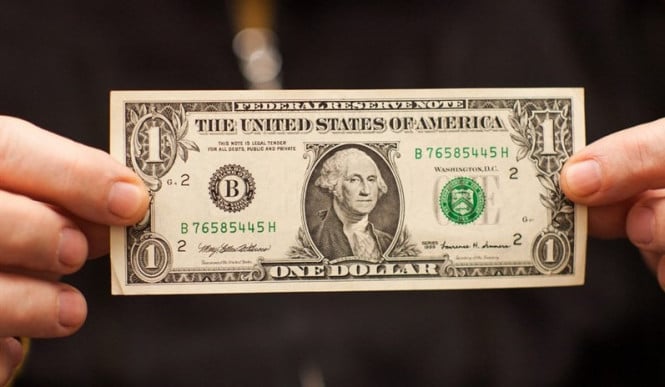
Unlike trade wars, the coronavirus returned the classic risk aversion to markets. If it was possible to observe surprisingly synchronous dynamics of profitable and reliable assets in 2018-2019 periodically, then in 2020, they move as described in textbooks. Increased demand for treasury leads to a decrease in their profitability, correction of US stock indexes and the strengthening of the dollar's positions. Experts argue that the new epidemic will have an impact not only on the global, but also on the US economy. This is the current year which differs from the previous ones. In addition, investors believed that the United States would benefit from trade wars, so they bought both the dollar and the S&P 500.
According to Goldman Sachs experts, if the Celestial authorities succeed in defeating the coronavirus in February – March, then global GDP will lose 0.1–0.2% in 2020 and will show a modest growth acceleration - from 3.1% to 3.25% . According to the bank's forecast, US production will decline by 0.4% in the first quarter. Bloomberg analysts believe that the Netherlands will do the most damage among European countries. They also expect that economic growth in China in January – March will slow to 4.9%.
At the same time, Beijing is even going to ask Washington to grant a delay to fulfill its obligations to increase purchases of American agricultural products in 2020 (by $ 76.7 billion compared with 2017). It can be recalled that there is a reference to natural disasters or other unforeseen circumstances in the interim trade agreement previously concluded between the parties that may serve as an obstacle to the fulfillment of the PRC terms of the agreement from mid-February.
Due to trade wars, the Shanghai Composite index has been declining repeatedly in 2018–2019, while the S&P 500 has been growing. In 2020, coronavirus forced both indices to go downwards. Last Monday, the Chinese stock market declined more than 7%, which happened only eight times in its history. Loss of market capitalization amounted to a record $ 720 billion. At the same time, US stock indices fell and the dollar, which serves as a protective asset, strengthened. In this regard, only the release of a positive report on business activity in the US manufacturing sector from ISM for January somewhat changed the situation. The indicator rose above the critical level of 50 for the first time since July last year, noting to be the best monthly increase since mid-2013. Against this background, investors returned to stocks, and the dollar lost part of their achievements.
The reaction of the American currency to macroeconomic statistics convinces how nervous the market is once again due to the uncertainty associated with the coronavirus.
Now, it is possible that there was an effect of deferred sales in early February. Chinese investors have just left their holidays after the New Year holidays on the Lunar calendar, and the large-scale decline in the Shanghai Composite looks quite logical. The Chinese index pulled down the European and American counterparts. Today, the situation has stabilized a bit. Nevertheless, the dollar continues to enjoy support as a safe haven asset.
At the beginning of the week, the EUR / USD pair came under pressure, retreating from Friday's values around 1.11. Last week, it formed a short-term basis at 1.0990. Thus, it is possible that the rebound may continue, but the pair will face strong resistance at 1.1180.
Meanwhile, a breakthrough of strong support 1.1015 may signal that expectations for a rebound were still early.
The material has been provided by InstaForex Company - www.instaforex.com